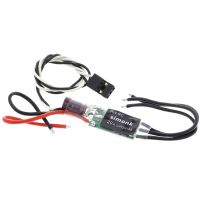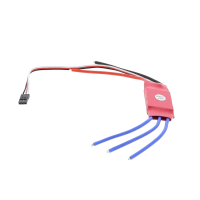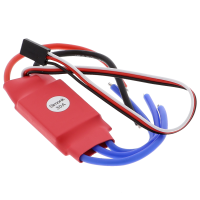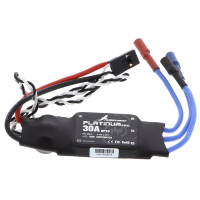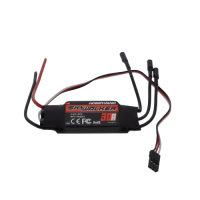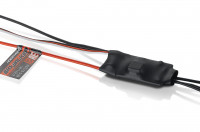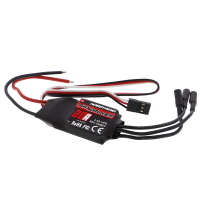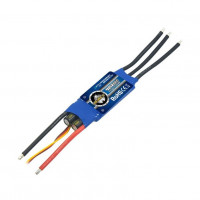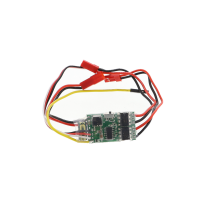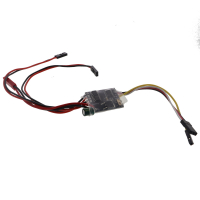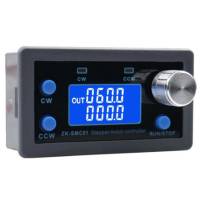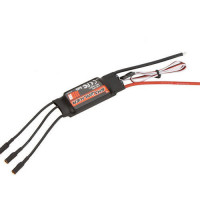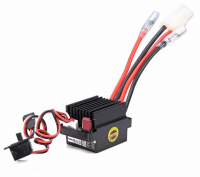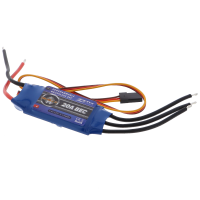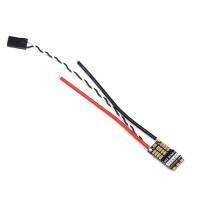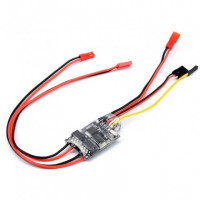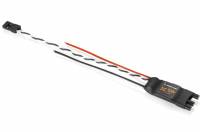Speed controller: Controlling PWM motors correctly
In microelectronics, we use speed controllers to mechanically control the speed of motors. On the speed controller there is a potentiometer, i.e. a rotatable electrical resistor, which regulates the applied current. By turning the potentiometer, the speed of the applied motor is controlled via PWM.
You can imagine a speed controller like a cruise control. Once you have found the desired rotational speed by turning the potentiometer, the speed controller maintains it. Due to the fine gradations of the potentiometer, the speed of the motors can be calibrated as desired.
On the circuit board of the speed controller, available in our store as 5V, 12V and up to 35V DC version, there are four screw terminals for the connection of the motors.
How are speed controllers used?
You start by connecting the DC motors to the speed controller. Then, using a low voltage (between 1.8-15V), check that the polarity of the connection is correct.
Note: We recommend using a fuse to hold the load of the expected current when using speed controllers 12V and higher. If the mains voltage has been accidentally installed under wrong polarity, the fuse of the board could be damaged.


